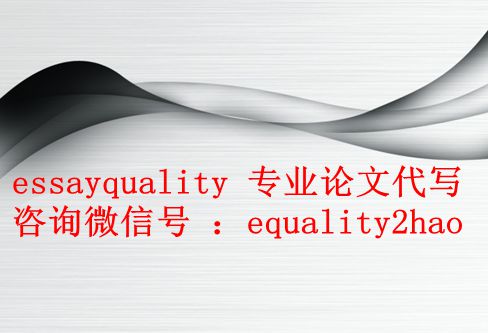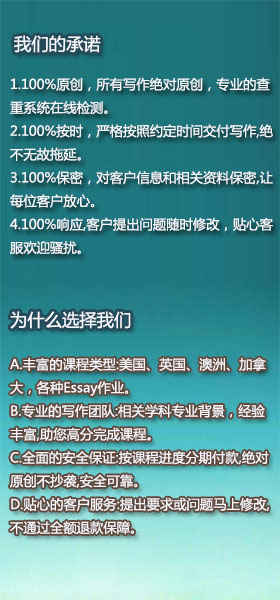铭信品质代写-专业写作团队为您提供:北美PHIL哲学代写、Philosophy代写、PHIL代写、新加坡Sociology代写、社会学课程作业代写、社会学online exam/quiz代考、网课代考、essay代写、新加坡MICRO ECO代写、微观经济学代考、代写、新加坡作业代写、加拿大MATH数学代写、Maths代写、数学online exam/quiz代考、网课代考、essay代写、英国ANTH人类学代写、Anthropology代写、Geography地理学代写、BIO生物学代写、HIS历史学代写、网课代修、exam代考、、exam代考代上、网课托管、online exam代考、online exam代考、quiz代考、exam代考....

The GATT code of behavior rested on three central principles. The first was that, while governments would not be prohibited from protecting domestic industries against foreign competition, all such protection should be in the form of tariffs. Under this first principle, governments accepted the obligation to eliminate the many other kinds of non-tariff measures affecting trade that had become common in the pre-war years above all, restrictions limiting the quantity of imports allowed. The second principle was that, while there would be no a priori limits on tariff levels, governments would participate in periodic negotiations aimed at gradually reducing existing levels. The third was the most-favored-nation (MFN) principle, requiring governments to treat the trade of all other GATT countries equally. Under the MFN principle, any advantage given to one GATT country had to be given immediately, and unconditionally, to every other GATT country. The trade-policy discipline required by these three principles was rather modest very different from free trade. Moreover, the actual code of behavior adopted in 1947 contained a substantial number of exceptions. Nevertheless, the rules of the General Agreement did represent a coherent discipline requiring gradual trade liberalization. Working within these rules, the developed country governments within the GATT achieved a very substantial reduction of trade barriers during the period from 1947 to 1994, most of which remains in place.
On April 15, 1994, governments of 76 parties signed the Marrakesh Agreement Establishing the World Trade Organization, with a further 72 countries joining during the following 10 years. The WTO was formed as an umbrella organization for the restated “GATT 1994” agreement, a General Agreement on Trade in Services (GATS), an Agreement on Trade-Related Aspects of Intellectual Property Rights (TRIPS), and a number of other agreements. The WTO represented both continuity and change in relation to the pre-existing GATT arrangements. However, many of the principles addressing the rights and obligations of developing countries that were developed under the GATT were carried forward into the WTO.
Theoretical Design:
The basic aim of this study is to understand the role of the World Trade organization in context of the new challenges faced by the developed economies. The purpose is to analyze the legal framework that is provided by the WTO to deal with the problems arises in the international trade. By every passing day the new challenges arises for the developing economies like globalization, IT development, food shortages, Quotas, tariff, barriers, environmental safety, health and lot more others what role does WTO plays in order to deal with these issuess As previously, the issue of Anti dumping was discussed in the WTO and a proper solution of it was developed and implemented. This thesis focused on the laws and regulation that has been developed by the WTO and how these laws facilitated the developed economies to deal with the emerging challenges.(责任编辑:felicia)





